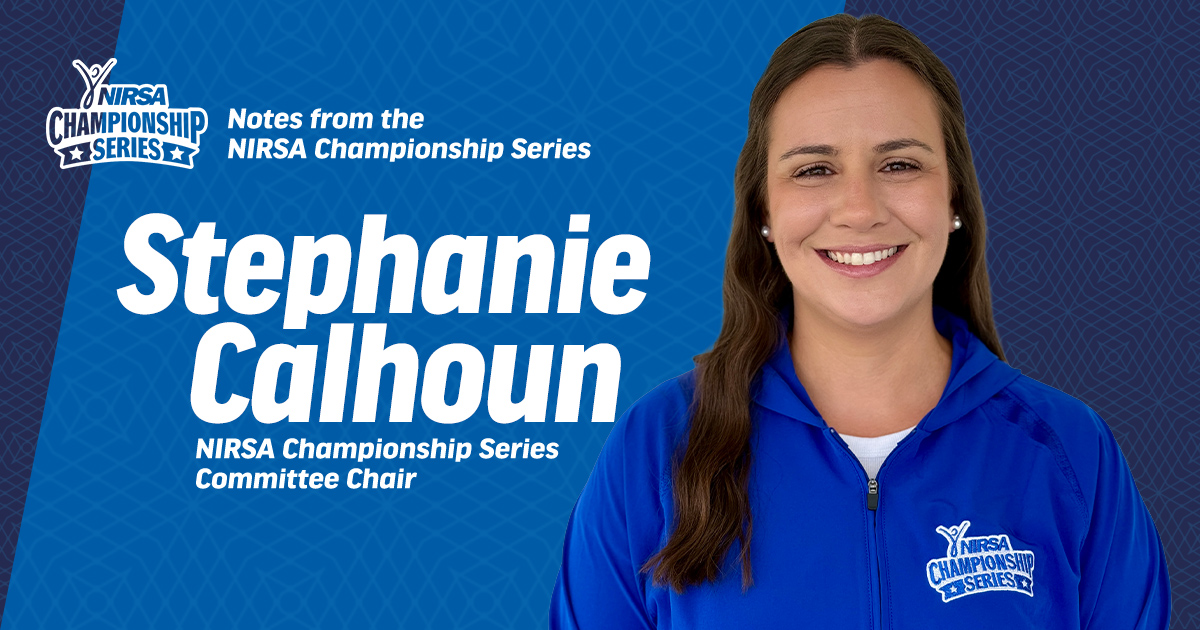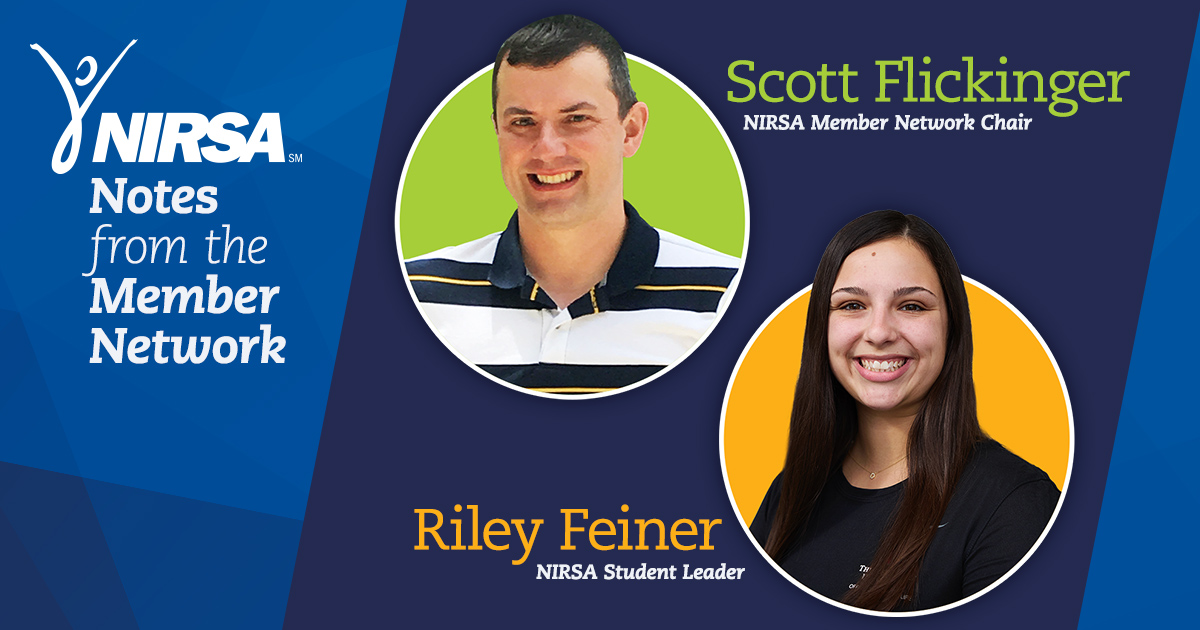One step and pop, the loudest sound you have ever heard. It vibrates up from the ground to your mind shaking the only comprehensible thought in there: “No.” Your whole body is a pulse freezing the world. The unknown is a hole you are about to fall into. You throw ropes hoping one will catch as you tip backward. “That didn’t just happen.” “I’m fine. Everything is fine.” And then you fall. You are injured. You are climber down.
The world took a beating this past year. We have survived injury after injury to our wellbeing. Our personal and professional experiences were amputated, putting a strain on our mental health. In some cases, the strain was too much and suddenly snap. “Virtual Annual Conference.” “Virtual ERSL.” These terms were not in our dictionary a year ago. Every day the news gave us one more kick until the kicks started feeling like half-hearted nudges. We have experienced trauma. We continue to grieve. It can be hard to think about our past with new horizons brightening the future. We look ahead so eagerly just to be done with whatever we have been through, running between school, work, and the world’s return. How easily we forget the lessons the stillness taught us, but there are always new mountains.
When you climb a mountain—for me, post-injury, that’s now crutching up a flight of stairs—you start at the bottom looking all the way up. Sometimes you can’t even see the peak/top stair, but you feel in your bones, even the broken ones, that you need to be up there. You spend time at the bottom leaning on your hiking pole/crutch contemplating, mapping, and hesitant. The “How”s and the “What if”s can keep us from climbing for our protection, but not for our elevation. You take the first step, wary. Look up. Second step, better. Look up. But soon you realize your energy is wasted on constantly looking up. You do not climb a mountain by staring at the peak. You look down and then put one foot in front of the other signifying where you are now and where you will go next. People will tell you to move faster, work harder to get to the top. Those people need to focus on their own mountain or staircase. Others will smile and guide you, but each step is yours to take with your own body at your own pace.
Society tries to set a pace for us. In this pandemic the pace slowed momentarily like the fearful pause at the moment of impact. Then it ramped up as we found footing in a bruised world. Some people continued to pioneer the landscape, claiming time and space for themselves. I thanked those trailblazers as I struggled to be one. I often feel trapped in a language of hustle moving too quickly to capture it all. But if you do not listen to your body, it will literally sit you down and make you listen. So now, on the floor, I pull out my self-care hikers guide to try and translate a thing or two I’ve picked up down here.
Time is made up. We were here “this time last year” and that doesn’t feel like the same time to anyone. It is a sad and silly notion that motion is the quotient of how fast we move divided by how long we are here because my most moving moments have been the stillest of my life. So right now, breathe. Yes, slow your mind and count time by the air you breathe.
Work does not equal worth. Many of us are taught early on to earn our praise often in the form of accolades and so this is an easy assumption to make; however, it’s a fallacy to quantify our value in achievements. I am sure none of us can quantify the value of warmth. A cup of tea or a wool blanket has value in the winter, but when the ice storm of the century freezes out your space heater the source of warmth you want most is a loved one’s hug. Awards can bring pride but the intrinsic belief in one’s worth and one’s ability has an immeasurable value.
Resiliency has many forms. Collectively and uniquely, we have grown through our struggles. Some people have taken on new hobbies while others have taken on new responsibilities, both while balancing constantly changing environments. Comparative suffering only hinders us from the empowering recognition that we all made it here.
Fighters, all of us, wear battle scars to show where we have been. It is ok to do a little dance halfway up the mountain. It’s okay to take a rest and heal. Our triumph in moments big and small transfers to each mountain ahead of us. The new mountain may look vastly different, but just remember that we have been here before. The month of March makes us think about how a year ago life ruptured. It was a scary shock. Next, it was time for adjustment. While there was still fear, we were not immobilized. We have a plan to move forward and a timeline. We have resources, vaccines, and a path forward. We walked, crawled, carried ourselves and sometimes each other to this point so that we may continue to climb.
Tanika Santos MacSwain, is currently the Fitness Coordinator at Virginia Commonwealth University; you can email her at santosmacst@vcu.edu.





